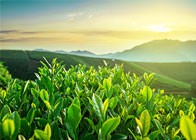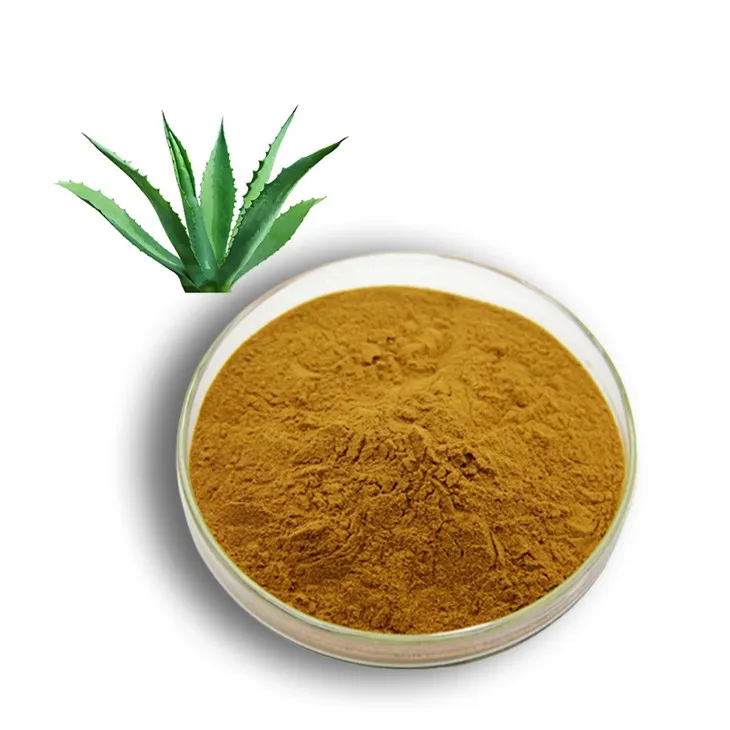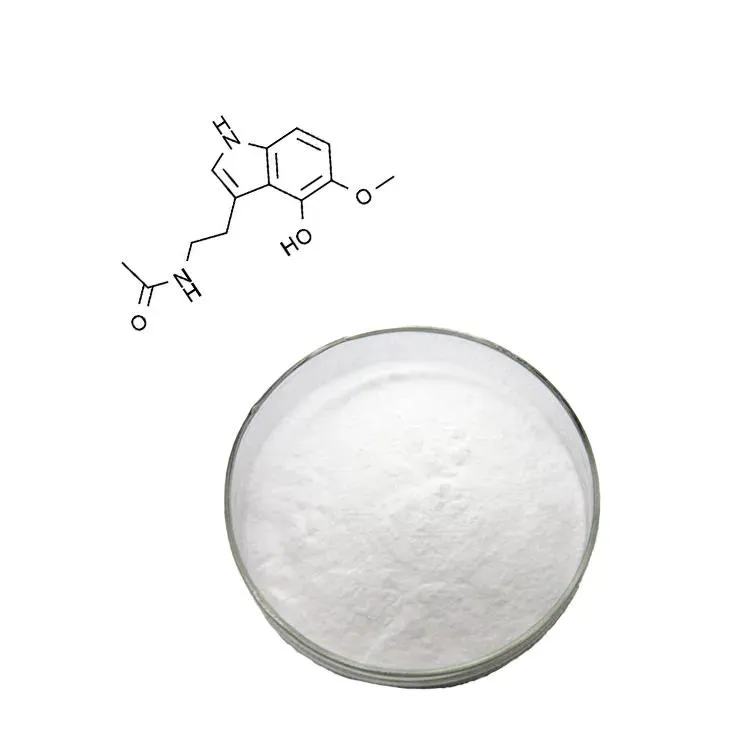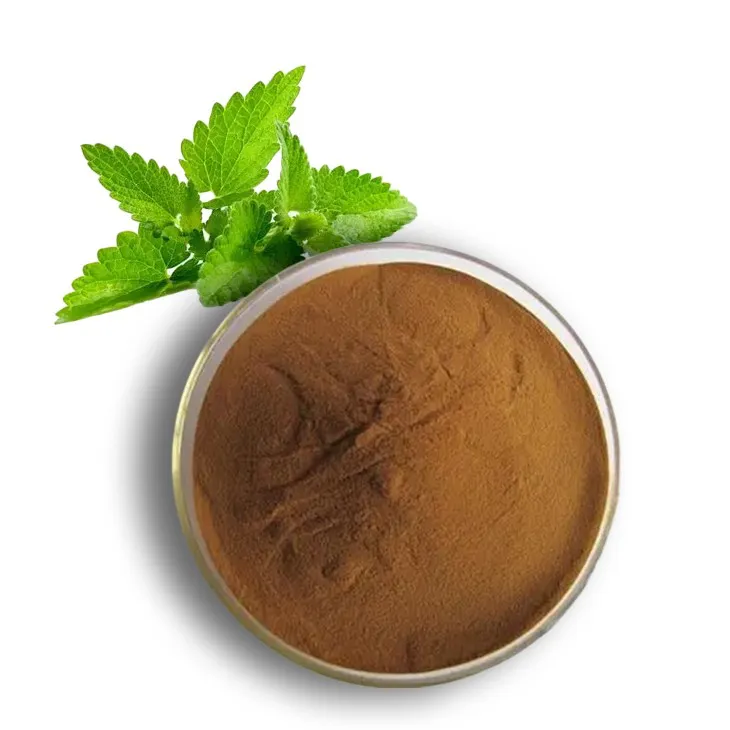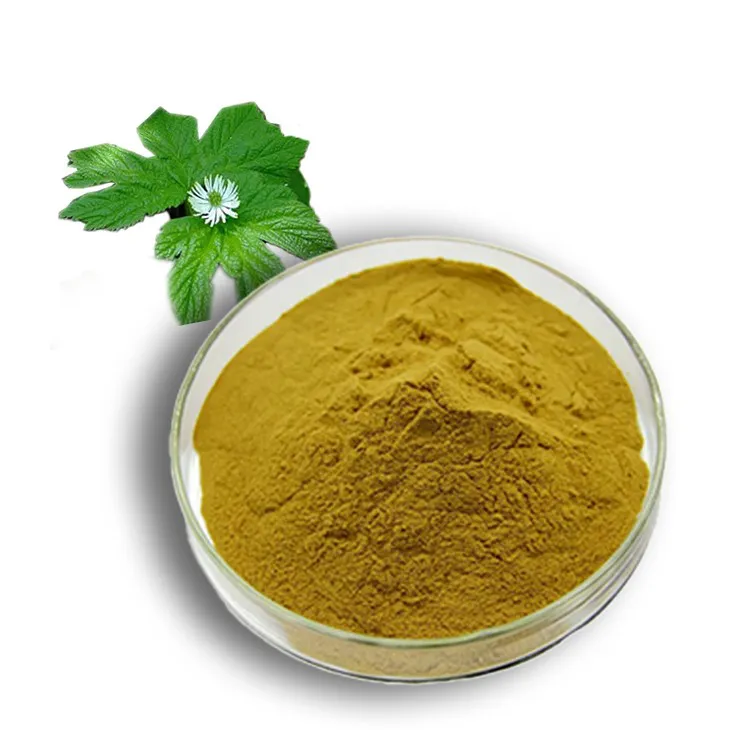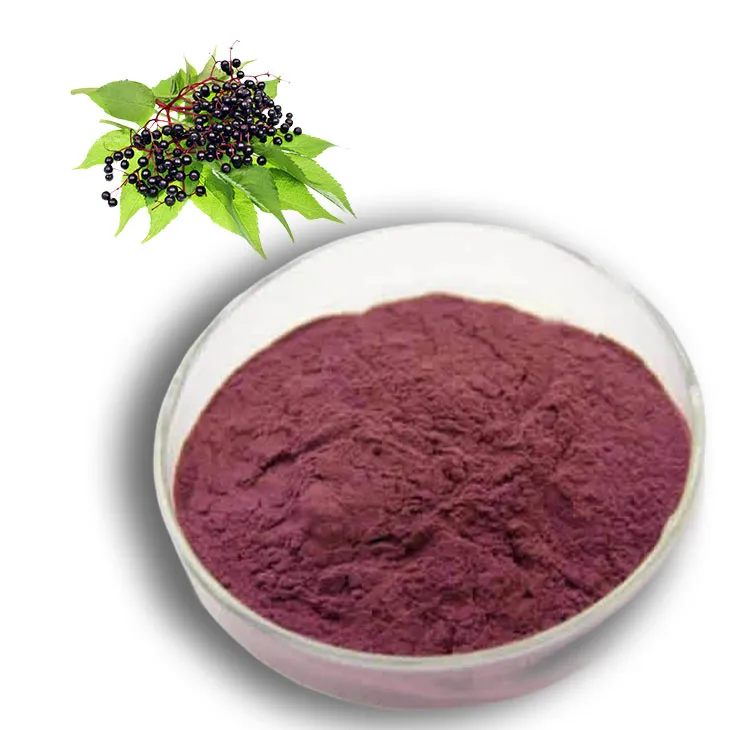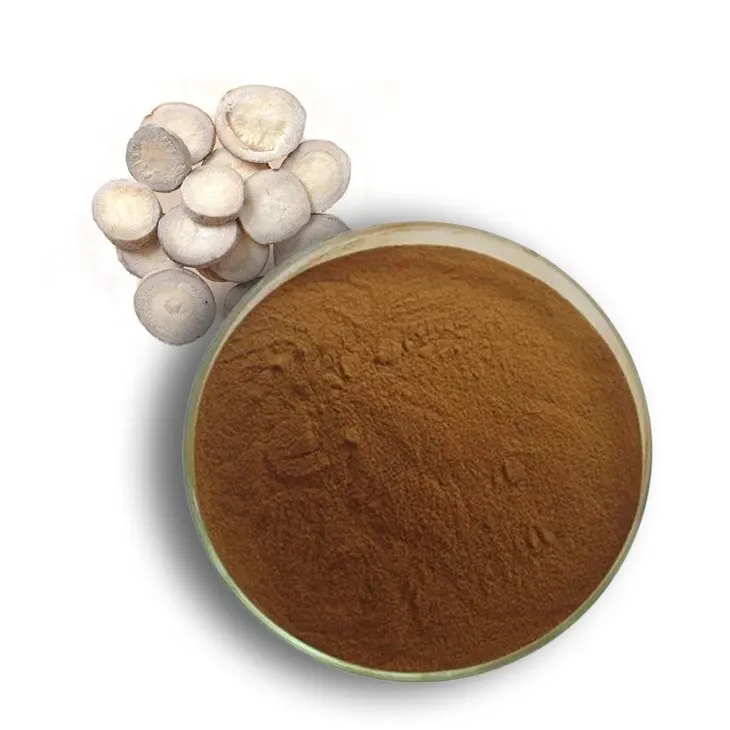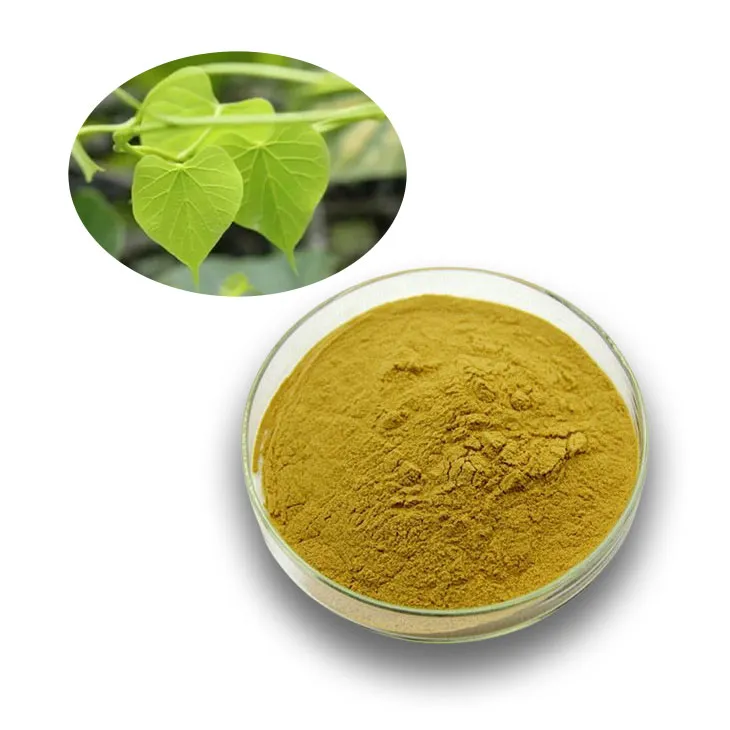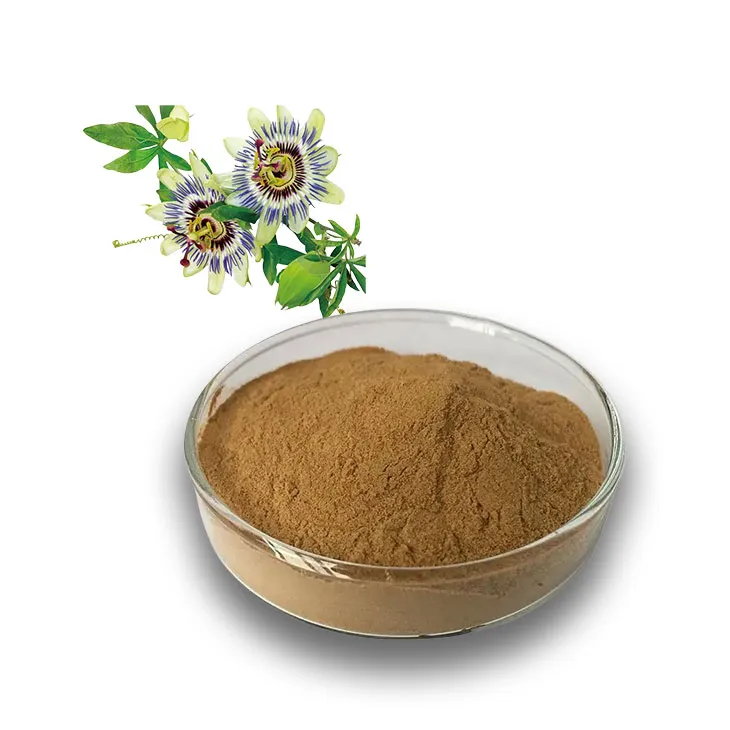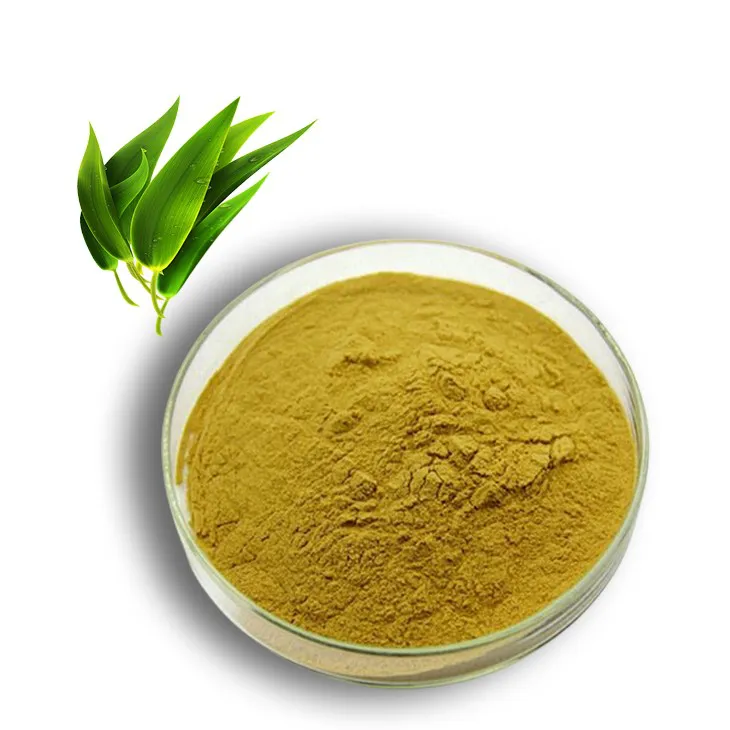- 0086-571-85302990
- sales@greenskybio.com
Which Boswellia is best?
2025-05-28
Boswellia, commonly known as frankincense, is a genus of trees known for producing aromatic resin. This resin has been utilized for centuries in traditional medicine, particularly in Ayurvedic and Middle Eastern practices, for its anti-inflammatory and therapeutic properties. Boswellia is gaining popularity in modern herbal medicine and dietary supplements due to its potential benefits in managing conditions such as arthritis, asthma, and digestive issues. With several different species of Boswellia available, understanding which type is best suited for specific health needs is essential for consumers looking to make informed choices.
Overview of Boswellia Species
The Boswellia genus comprises several species, each with unique characteristics and benefits. Among the most recognized are Boswellia serrata, Boswellia sacra, Boswellia carteri, and Boswellia frereana. These species differ in their chemical composition, resin quality, and geographic origin. Selecting the best Boswellia involves understanding these differences as well as the intended purpose of use.
Boswellia Serrata
Boswellia serrata, native to India and parts of Southeast Asia, is perhaps the most studied and used variety in traditional and modern medicine. Its resin contains high levels of boswellic acids, particularly acetyl-11-keto-beta-boswellic acid (AKBA), which is known for its potent anti-inflammatory properties. These acids inhibit the enzyme 5-lipoxygenase, reducing inflammation and consequent pain effectively. As a result, Boswellia serrata is widely recommended for individuals dealing with chronic inflammatory conditions like osteoarthritis, rheumatoid arthritis, and inflammatory bowel disease.
Additionally, Boswellia serrata is often used in the formulation of supplements intended for joint support. It is also employed in skin preparations addressing psoriasis and eczema due to its soothing properties.
Boswellia Sacra
Boswellia sacra, primarily found in the Arabian Peninsula and northeastern Africa, is renowned for producing high-quality frankincense resin that is traditionally used in religious ceremonies and perfumery. While similar in therapeutic effect to Boswellia serrata, Boswellia sacra is less frequently utilized specifically for medicinal purposes. However, it contains significant amounts of boswellic acids and terpenes, making it an effective option for stress relief and spiritual practices.
Its resin is often perceived as more aromatic compared to other species, leading to increased use in incense and essential oils aimed at relaxation and meditation.
Boswellia Carteri
Boswellia carteri, predominantly located in Somalia and the Arabian Peninsula, is frequently confused with Boswellia sacra due to their geographical overlap and similar aromatic profiles. It shares common therapeutic activities such as anti-inflammatory and pain-relieving effects, attributed to its boswellic acid content. Boswellia carteri is valued in aromatherapy for its calming and grounding effects, making it a popular choice for essential oils that aid in stress reduction and mood enhancement.
Like Boswellia sacra, Boswellia carteri resin is often used in incense and fragrances, yet it also finds applications in dermatological care, given its ability to rejuvenate and heal skin when formulated in creams and ointments.
Boswellia Frereana
Native to Somalia, Boswellia frereana differs from other species in its lower concentration of boswellic acids but is appreciated for its distinct chemically complex resin, containing higher proportions of octyl acetate and n-octanol. It is sometimes referred to as "Coptic frankincense" due to its historical use by Orthodox churches. While Boswellia frereana is regarded more for its incense value than medicinal properties, some anecdotal evidence suggests benefits in reducing inflammation and supporting gastrointestinal health.
Its resin is frequently sought after for personal care products, providing a blend of unique fragrance and potential health benefits, albeit less documented scientifically compared to Boswellia serrata.
Choosing the Right Boswellia
Determining which Boswellia is the best option depends largely on individual health goals and preferences. For those seeking specific medical benefits, Boswellia serrata aligns well with therapeutic needs, especially concerning inflammatory conditions and joint health. Its extensive examination and supporting clinical studies make it a reliable choice for supplements targeting these issues.
Conversely, individuals interested in aromatherapy and spiritual practices may favor Boswellia sacra or Boswellia carteri, owing to their superior fragrance profiles that enhance relaxation and meditation. Ensuring the resin or oil is sourced ethically and sustainably is crucial given the environmental and cultural importance of these species.
For skin health and less conventional applications, exploring the unique resin characteristics of Boswellia frereana might be worthwhile. Product formulations often use multiple Boswellia varieties to achieve balanced effects, considering the strengths of various species.
Conclusion
Boswellia continues to offer a wealth of benefits rooted in ancient practices and modern scientific exploration. Understanding which Boswellia species is best suited to individual needs involves considering their chemical compositions, origins, and intended use. Boswellia serrata stands out for its evidence-based application in managing inflammation, while Boswellia sacra, carteri, and frereana provide unique opportunities in aromatherapy, spiritual settings, and alternative health remedies. As always, consulting with healthcare professionals before starting any new supplement regimen ensures safe and effective integration of Boswellia into health and wellness practices.
- ▶ Hesperidin
- ▶ citrus bioflavonoids
- ▶ plant extract
- ▶ lycopene
- ▶ Diosmin
- ▶ Grape seed extract
- ▶ Sea buckthorn Juice Powder
- ▶ Beetroot powder
- ▶ Hops Extract
- ▶ Artichoke Extract
- ▶ Reishi mushroom extract
- ▶ Astaxanthin
- ▶ Green Tea Extract
- ▶ Curcumin Extract
- ▶ Horse Chestnut Extract
- ▶ Other Problems
- ▶ Boswellia Serrata Extract
- ▶ Resveratrol Extract
- ▶ Marigold Extract
- ▶ Grape Leaf Extract
- ▶ blog3
- ▶ Aminolevulinic acid
- ▶ Cranberry Extract
- ▶ Red Yeast Rice
- ▶ Red Wine Extract
-
Aguaje Extract
2025-05-28
-
melatonin extract
2025-05-28
-
Peppermint Extract Powder
2025-05-28
-
Golden Seal Extract
2025-05-28
-
Lemon Extract
2025-05-28
-
Elderberry Extract
2025-05-28
-
White Peony Extract
2025-05-28
-
Tinospora cordifolia extract
2025-05-28
-
Passionflower Extract
2025-05-28
-
Bamboo Leaf extract
2025-05-28

